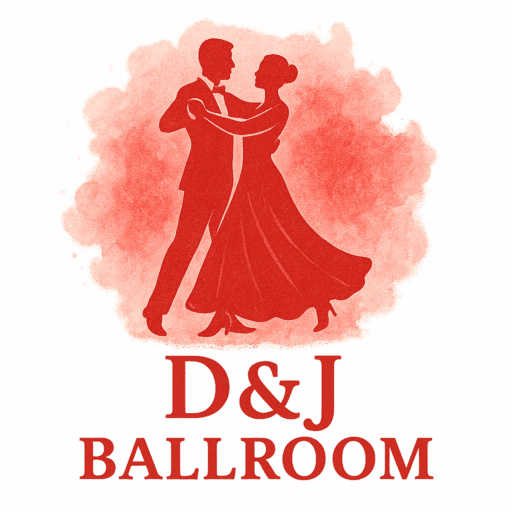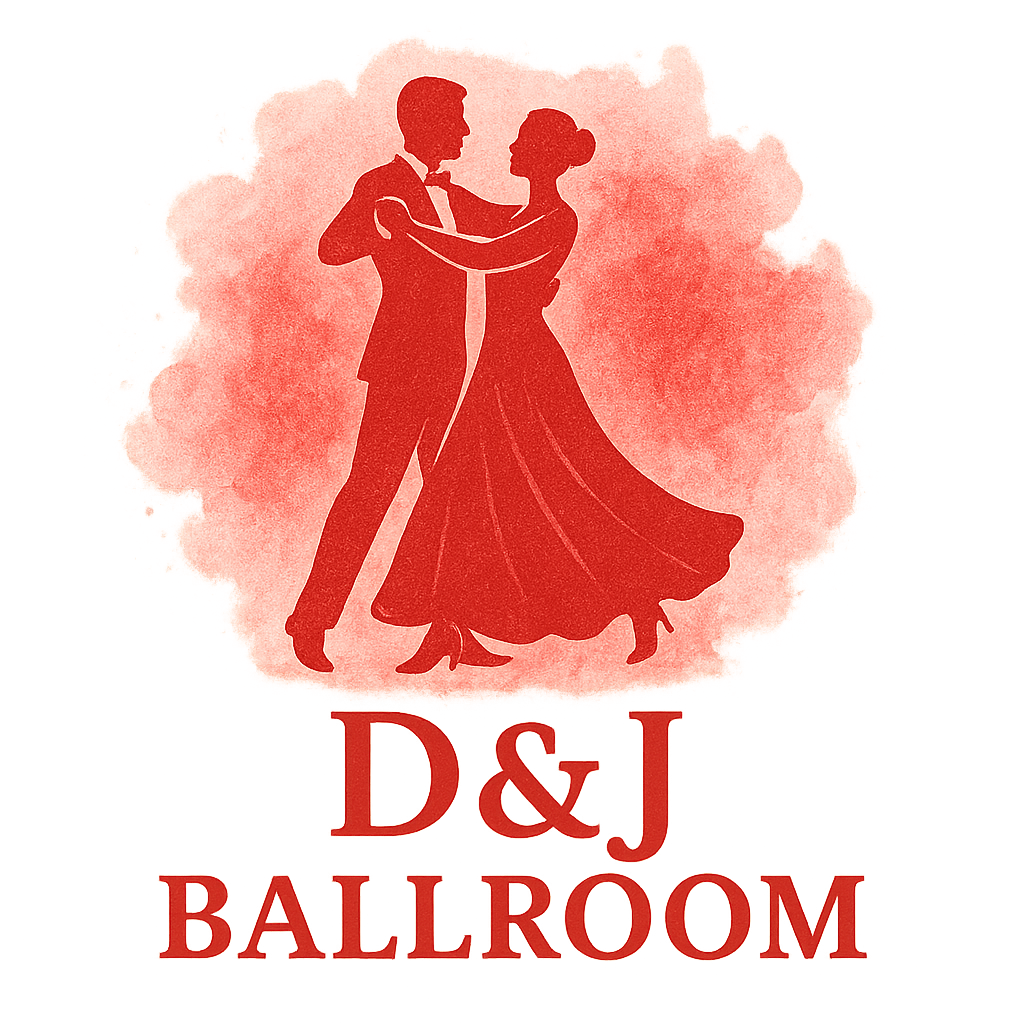Introduction
If you’ve ever watched a seasoned ballroom dancer, you’ve probably noticed how they don’t just dance gracefully — they walk gracefully too. Walking may seem simple, but in ballroom, it’s the secret ingredient that makes every step flow with elegance and confidence. Today, we’ll dive into 10 ballroom technique drills that will help you master walking with grace, whether you’re waltzing across a competition floor or gliding into a social dance event.
Why Graceful Walking Matters in Ballroom Dance
Walking as the Foundation of All Ballroom Styles
Every ballroom style — from the elegant Waltz to the fiery Tango — is built upon the foundation of walking. If your walk is clunky, your dance will feel heavy. If your walk is smooth, your performance becomes captivating.

First Impressions and Elegance
In ballroom, your first impression often happens before you even dance. The way you enter the floor, greet your partner, or approach the judges communicates your confidence. That’s why graceful walking is more than technique — it’s your calling card.
Key Principles of Graceful Ballroom Walking
Posture and Alignment
Posture is everything. Keep your spine tall, shoulders relaxed, and head slightly lifted. A dancer’s posture signals grace before the first step even begins. Learn more about posture training in ballroom techniques and training.
Balance and Core Engagement
Engaging your core helps maintain balance during turns, glides, and even simple walking drills. Think of your core as the anchor that stabilizes every step.
Rhythm and Musicality
Walking in ballroom isn’t just about moving — it’s about moving to music. Understanding ballroom dance styles helps you match your steps with rhythm and phrasing.
Drill 1: Posture Perfection Walk
Stand tall with your chin level, shoulders open, and chest lifted. Walk slowly across the room, focusing only on maintaining posture. This drill ensures that posture becomes second nature.
Drill 2: Heel-to-Toe Gliding Exercise
Ballroom dancers glide, they don’t stomp. Start with the heel, roll through the foot, and finish with the toe. This creates smooth, flowing steps essential in the history and culture of ballroom.
Drill 3: Core Stability Step
Walk while gently pulling your belly button inward, engaging your core. This strengthens balance and prevents wobbling, making you look steady and poised.
Drill 4: Weight Transfer Walk
Place your focus on shifting weight fully from one foot to the other. This prevents “double-stepping” and helps with fluid transitions, particularly in dances like the Tango.
Drill 5: Slow Motion Balance Walk
Try walking in exaggerated slow motion. This drill forces you to control each part of the step while testing balance. Think of it as walking on a tightrope — every detail matters.
Drill 6: Rhythm Walk with Music
Choose a piece of ballroom music and simply walk to the beat. Whether it’s Waltz, Rumba, or Foxtrot, aligning your steps to rhythm trains musicality and elegance.
Drill 7: Mirror Walk for Self-Observation
Stand in front of a mirror and walk across the room. Observe your posture, alignment, and step flow. Self-correction here is priceless for refining your ballroom training.
Drill 8: Partner Connection Walk
With a partner, practice walking side by side. Focus on staying in sync — not just with steps, but with breathing and energy. Connection drills prepare you for ballroom events and competitions.
Drill 9: Floor Pressure Awareness Drill
Feel the pressure you apply to the floor with each step. Ballroom isn’t about lifting the feet high but about pressing into the floor for power and control.
Drill 10: Graceful Exit and Entry Walk
Practice walking onto and off the dance floor as if you’re performing. This simulates real scenarios at competitions or social events.
How to Incorporate These Drills into Daily Practice
Morning Warm-Up Routine
Spend 10 minutes each morning practicing posture and weight transfer walks. This sets the tone for your dance day.
Solo vs Partner Training
While solo drills improve body awareness, partner drills build synchronization. Blend both for a complete ballroom technique practice plan.
Common Mistakes to Avoid in Ballroom Walking
Rushing the Steps
Grace takes time. Rushing leads to sloppy movement. Slow it down to truly glide.
Ignoring Weight Transfer
Failing to shift weight fully makes your steps look stiff. Let your body flow naturally.
Overlooking Posture
Even with perfect steps, poor posture ruins elegance. Keep your upper body proud and aligned.
Benefits Beyond the Dance Floor
Confidence in Daily Movement
When you master ballroom walking, everyday movement feels smoother — from walking into a meeting to entering a room full of people.
Social Dance Etiquette
Graceful walking helps you respect the flow of the floor and makes you a considerate partner in social ballroom culture.
Conclusion
Walking might seem basic, but in ballroom, it’s the foundation of grace. By practicing these 10 drills consistently, you’ll not only improve your dance technique but also carry yourself with elegance in daily life. Remember, every graceful dancer started with one simple step — and so can you.
FAQs
1. Why is walking important in ballroom dancing?
Walking is the base of all ballroom styles, setting the tone for posture, rhythm, and elegance.
2. How often should I practice ballroom walking drills?
Aim for at least 10–15 minutes daily to build muscle memory and control.
3. Can beginners benefit from these drills?
Absolutely! These drills are designed for dancers of all levels, from beginners to competitors.
4. Should I practice walking with music or without?
Both. Start without music to focus on technique, then add music for rhythm training.
5. How can I make my walking look more natural?
Relax your upper body, engage your core, and let your steps flow with the music.
6. Do these drills help with balance in turns?
Yes, drills like core stability and weight transfer improve balance for spins and turns.
7. What’s the most common mistake dancers make while walking?
Rushing the steps and neglecting posture are the biggest culprits. Slow down and stay tall.


